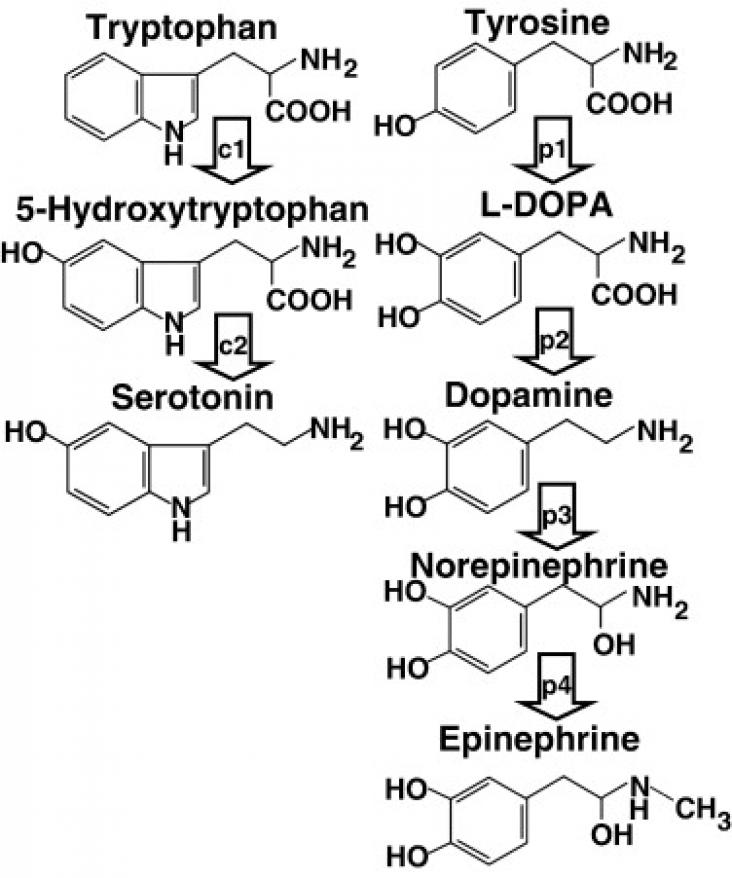The 2011 RAD-AID Conference on International Radiology for Developing Countries discussed data, experiences, and models pertaining to radiology in the developing world, where widespread shortages of i
International Encyclopedia of Housing and Home: Shelter and Settlement for Forcibly Displaced People
International Encyclopedia of Housing and Home, 2012, Pages 330-335
This chapter supports SDGs 3, 11, and 16 by exploring ways of improving shelter provision for refugees through better coordination of humanitarian agencies, the development of minimum standards, and enhanced self-help housing strategies.
This chapter content advances SDG 3 and 5 by explaining that there is a realistic concern about the impact of ionizing and nonionizing radiations on the health of children and their mothers. The magnitude and type of risks that are associated with radiation exposure to children and mothers must be determined to prevent the health consequences of such exposure.
This chapter aligns with the SDG goal 3 of good health and wellbeing by showing reliable methods to quantitatively analyze the UPR and hepatic inflammation in the mouse model of NAFLD.
Adolescents with a minority sexual orientation (e.g., lesbian, gay, and bisexual) are more likely to use substances than their heterosexual peers.
Following the introduction of the long-term care insurance scheme and deregulation of the market for at-home care services, Japan experienced a substantial increase in expenditure on care for the elde
This chapter aligns with the SDG goal 3 of good health and wellbeing by showing the role of the gastrointestinal and liver microcirculation in inflammation and immunity.
Treatment of gender-identity disorders is guided by standards set forth by the World Professional Association for Transgender Health (WPATH).
This article advances SDG 3 and 16 by discussing adult and adolescent sexual assault among female victims and male perpetrators including definitions and research.

